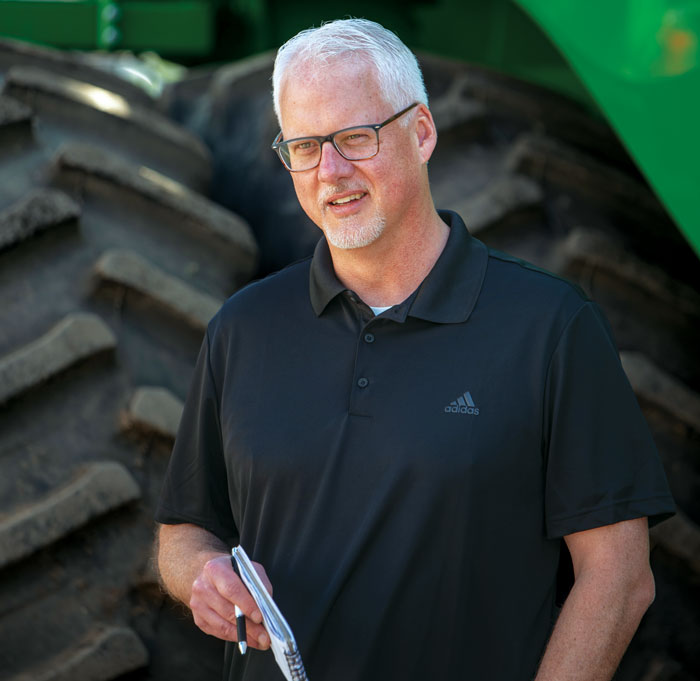During a conversation about farmers doing all their product study and evaluation before setting foot in an implement dealership, a dealer salesman surprised me. He told me he prefers when the customer does his online research and arrives knowing precisely what he wants. “They’ll know more about the products than I can anyway,” he said.
Yet without opportunity to contribute to decisions, it also increases the likelihood that your transaction will become “commoditized.” That is, nothing besides price to differentiate you — at the point of sale — from the next in-line dealer.
This salesman apparently isn’t expected to provide alternative recommendations, “what if” scenarios or agronomic perspective; just to open the cost/hour spreadsheet and start negotiations. I suppose this dealer’s approach could be a differentiator that certain types of professional farmers are drawn to. And maybe they’re OK with needier customers buying elsewhere.
Look at this against the backdrop of the impact of COVID-19 on American business. Like it or not, 2020 already trained a whole new group of tomorrow’s buyers and sellers. Sure, Zoom can maintain customer contact, but less social interaction and cancelled product/service clinics mean fewer chances for you as a dealer to build the rapport that is needed to demonstrate value. The generational changes under way will also affect what becomes normal practice from here on out.
Regardless, both farmer and dealer ought to be careful what they wish for. It isn’t difficult to see the perils for both if roles and expectations are diminished.
“Old school ways” once required the salesperson to take the time to know the customer’s operation, the various options (and pros and cons) of various equipment, including the other brands, as well as boots-on-the-ground knowledge of what was working (or not) around the county. This was a natural byproduct of being out there on the farms and getting into conversations deeper than the next unit sale. And it kept the salesperson’s value at a high level — arguably higher than today’s “account managers.”
As time-taxed as most farmers are, and with far fewer opportunities this year to see the latest equipment personally at a show and what it promises to do, there should be a high need for earlier interactions, presentations and recommendations that the dealer can step in and meet. But now more so than in the past, I’m afraid, you may need to fight hard to get the opportunity to contribute in this way. And make it count when you get it.
Thankfully, rural America may offer one of the last vestiges of what is meant by “business relationship.” But it may take your utmost diligence to keep it there.







Post a comment
Report Abusive Comment